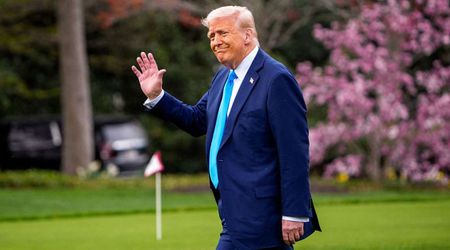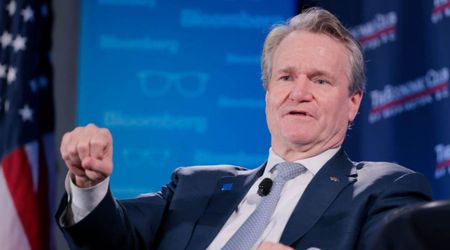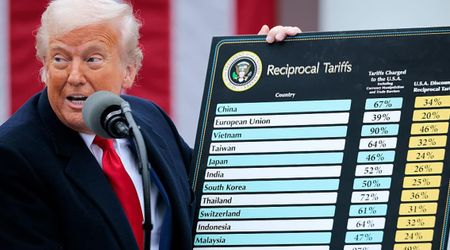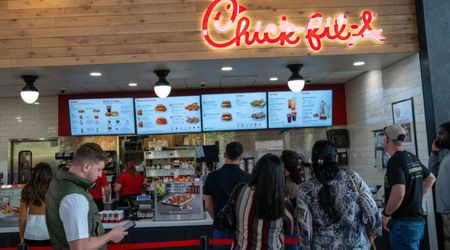Abandoned as a Child, Fired From His First Job, Here’s How Culinary Marvel Dave Thomas Built Wendy’s

Dave Thomas the founder of Wendy's, transformed his tumultuous early life into a monumental success, per Business Stories. Born in 1932 during the Great Depression, Thomas faced numerous hardships, including being fired from multiple jobs and moving across the country countless times before he was even 15 years old. Thomas, abandoned by his birth parents, was adopted by Rex and Aulea Thomas. Tragically, his adopted mother passed away when he was only 5 years old, leaving him primarily in the care of his grandmother. Despite the instability of his upbringing, Thomas inherited a strong work ethic from his father, who tirelessly sought employment across various locations, leading them to relocate over ten times by the time Thomas was 12 years old.

Dave Thomas' early career
At the age of 15, Thomas landed his first job at Rigus Restaurant in Knoxville, Tennessee. Despite his diligent work ethic, he clashed with his boss due to his strong opinions about the business's operations, resulting in his dismissal. This setback fueled Thomas's determination never to be fired again. Following his father's employment in Fort Wayne, Indiana, Thomas joined him and began working at The Hobby House restaurant. His commitment to work was evident, and despite failing in school due to his dedication to work, Thomas continued to pour his efforts into refining his culinary skills.
In 1950, with the Korean War looming, Thomas volunteered for the U.S. Army, where he excelled as a cook and baker. After being stationed in West Germany, he was promoted to Staff Sergeant, obtaining valuable culinary experience that would later shape his career. Upon returning to civilian life, Thomas resumed work at The Hobby House, catching the attention of Colonel Harland Sanders of Kentucky Fried Chicken (KFC). Sanders sought Thomas's expertise to revamp struggling KFC franchises. Thomas's operational changes and business acumen not only saved the franchises but also earned him a 45% stake in them.

Establishing Wendy's
In 1969, Thomas sold his KFC shares for $1.5 million, a significant sum at the time, and ventured into his restaurant venture, Wendy's. Named after his daughter Melinda, nicknamed "Wendy," Thomas' new venture quickly gained traction with its fresh, square-shaped beef patties and family-friendly dining atmosphere. Wendy's innovation continued with the introduction of the modern drive-thru in 1970, revolutionizing fast food service. Through strategic advertising campaigns and menu simplification, Wendy's experienced explosive growth, becoming an industry leader. Despite facing setbacks in the 1980s, Thomas' return to Wendy's revitalized the company. Implementing cost-cutting measures and quality-focused initiatives, Thomas ensured Wendy's regained its competitive edge.
Expansion of Wendy's
By the 1990s, Wendy's expanded internationally, establishing a presence across Latin America, Eastern Europe, and Asia. Despite Wendy's expansion into international markets throughout the 1990s, the company faced new challenges and opportunities as it navigated global markets. The adaptation of its menu and brand to suit diverse cultures and tastes became paramount for success. Expanding into Latin America, Eastern Europe, and Asia posed unique challenges for Wendy's. In markets like Asia, where tastes and preferences differed significantly from those in the U.S., Wendy's had to tailor its menu and marketing strategies to appeal to local customers. For example, introducing menu items that aligned with Asian culinary preferences while maintaining the core Wendy's brand identity.

In Eastern Europe, Wendy's faced the complexities of operating in transitioning economies and adapting to local regulations and business environments. Despite these challenges, the brand's commitment to quality and innovation helped it establish a foothold in these regions. By the late 1990s, Wendy's had established a notable presence in several international markets, including the successful launch of a store on a U.S. Naval Base in Italy, catering to American service members and their families stationed abroad.





















